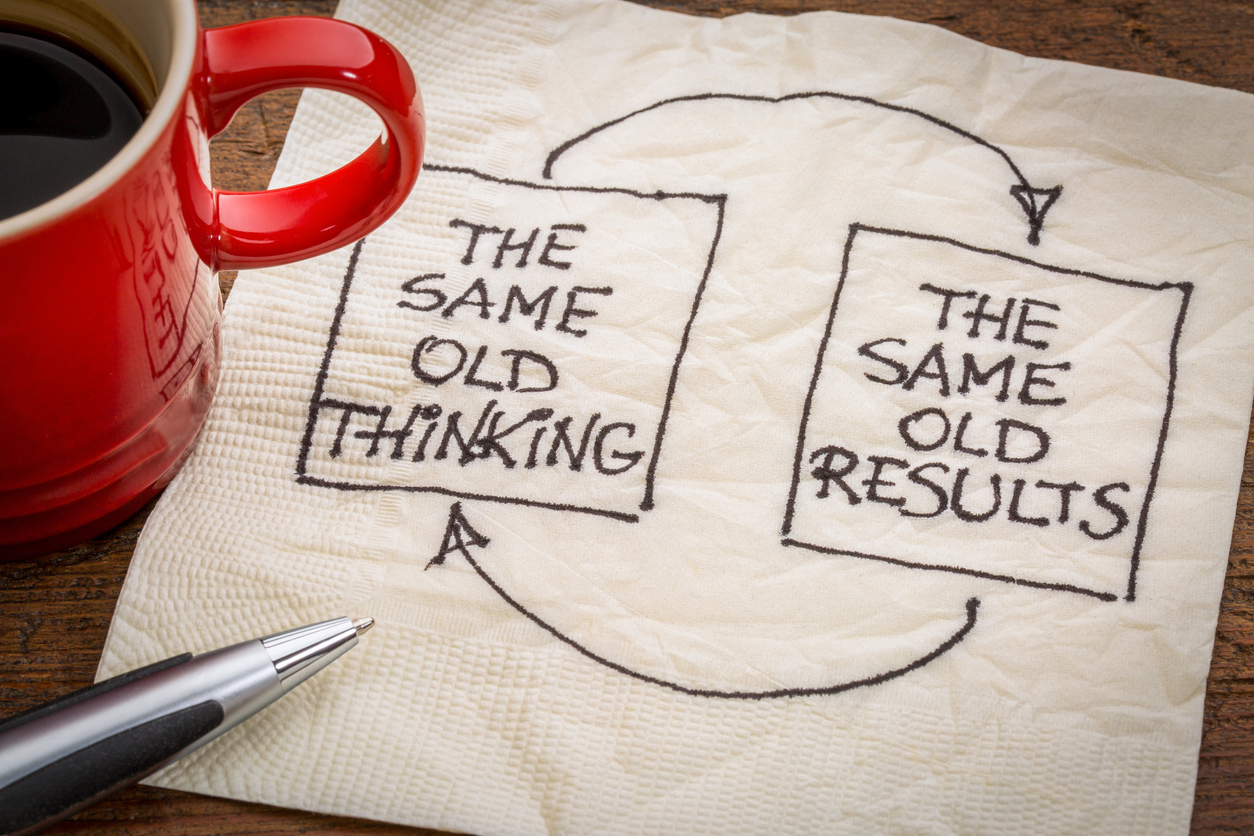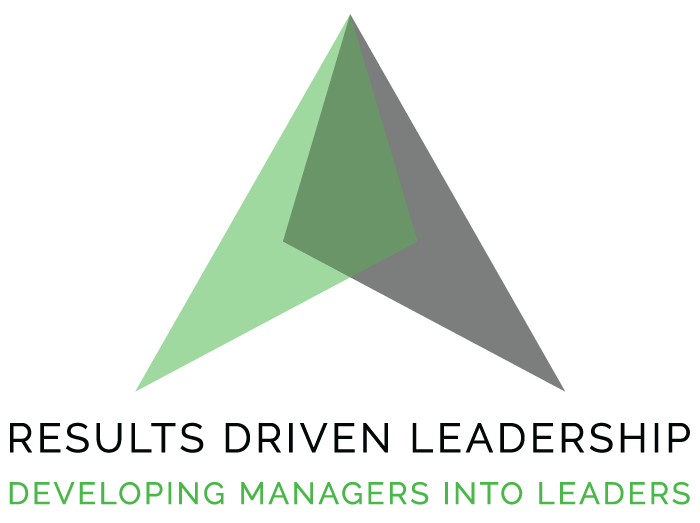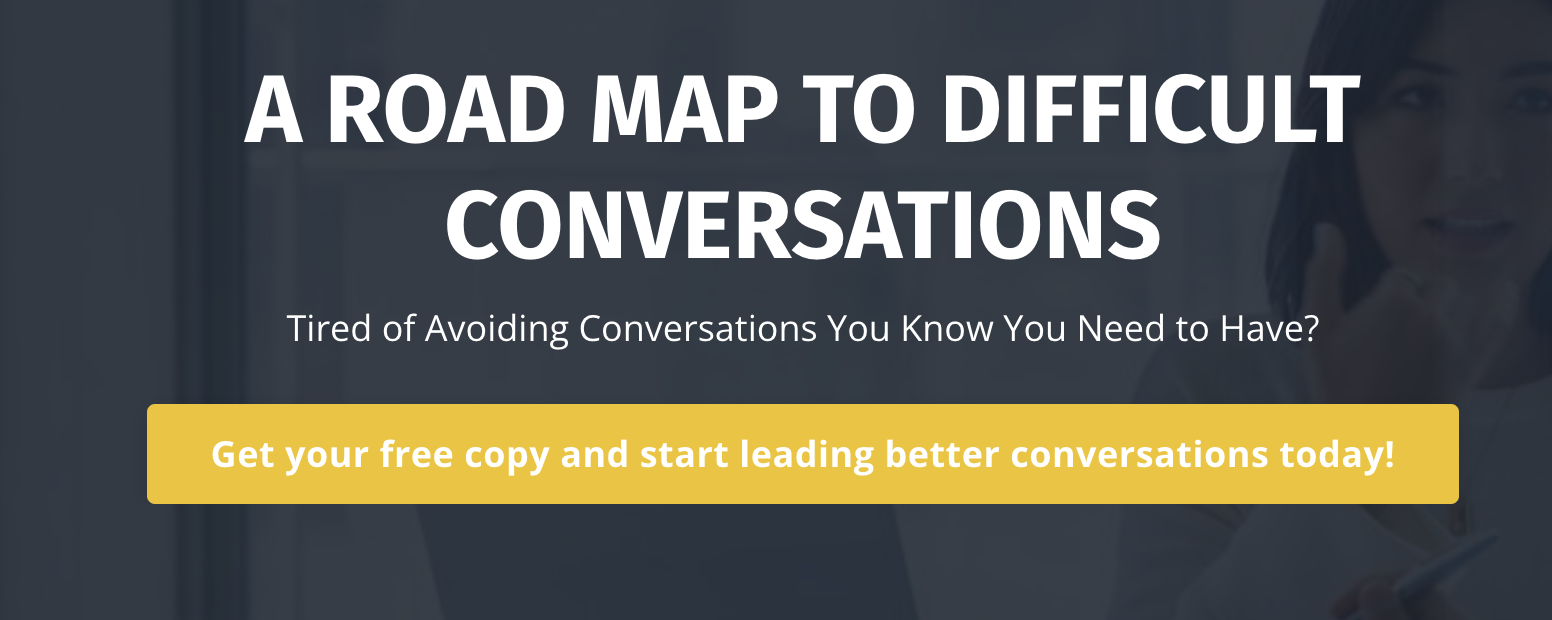TABLE OF CONTENTS
A Comprehensive Guide to Critical Thinking
In today’s fast-paced world of leadership, the ability to think critically is more important than ever. Critical thinking allows us to evaluate information, make informed decisions, and navigate complex situations. But what exactly is critical thinking, and how can we apply it in our daily lives as leaders? Let’s delve into the who, what, where, when, why, and how of critical thinking.
Critical Thinking has a process, and in this blog, I will lay out the most effective path to making significant decisions. This is designed to help those who want to improve this essential element of effective leadership for their career and business success.

The Detrimental Impact of Poor Critical Thinking on Leadership
In leadership, the ability to think critically is not just a valuable asset—it’s a fundamental necessity. Leaders lacking in this skill often find themselves making hasty decisions, falling prey to biases, or being swayed by emotions rather than logic. This deficiency can lead to a cascade of poor choices, which not only affects their organization’s trajectory but also erodes their team’s trust and confidence. When a leader consistently demonstrates a lack of analytical judgment, it becomes increasingly challenging for team members to trust their directives. Over time, this can foster an environment of doubt and skepticism, where employees second-guess leadership decisions, leading to inefficiencies and discord within the organization.
Moreover, the absence of critical thinking in leadership can significantly temper one’s chances of achieving long-term success. In today’s dynamic business landscape, leaders are frequently confronted with complex challenges that require nuanced solutions. Without the ability to dissect a problem, consider various perspectives, and anticipate potential outcomes, leaders risk making ill-informed decisions that could have dire consequences for their organization.
Furthermore, peers and competitors are quick to recognize a leader who operates without depth in their thought processes. This diminishes respect from colleagues and hinders opportunities for collaboration, partnerships, and growth. A leader’s inability to think critically can become the Achilles’ heel of their professional journey, stunting both personal and organizational advancement.
The Decline of Circuit City
In Jim Collins’ book “How the Mighty Fall,” he delves into the reasons behind the decline of once-successful companies. One such company he examines is Circuit City, a former electronics retail giant in the United States.
The Fall of Circuit City
Circuit City was once hailed as one of the best-performing companies, even featured in Collins’ earlier work, “Good to Great,” for its outstanding performance. However, by 2009, the company had filed for bankruptcy and eventually liquidated its assets.
Several factors contributed to Circuit City’s downfall, as analyzed by Collins:
Hubris Born of Success: Circuit City became complacent due to its earlier successes. The company believed that its past victories guaranteed future success, leading to an arrogance that made them resistant to change and adapt to the evolving market.
Undisciplined Pursuit of More: The company expanded rapidly without a clear strategy. This aggressive expansion diluted the brand and put a strain on resources.
Denial of Risk and Peril: As competitors like Best Buy began to gain market share, Circuit City failed to recognize the changing landscape. They were slow to respond to the rise of online retailers and the changing preferences of consumers.
Grasping for Salvation: In a desperate attempt to turn things around, the company made radical changes, such as laying off its highest-paid and often most experienced employees. This decision further eroded the company’s competitive edge and reputation.
Capitulation to Irrelevance or Death: Unable to recover from its previous missteps and adapt to the changing retail environment, Circuit City eventually succumbed to its challenges and went out of business.
Collins’ analysis of Circuit City serves as a cautionary tale for businesses, emphasizing the importance of adaptability, humility, and disciplined growth. It’s a stark reminder that even the mightiest companies can fall if they fail to recognize and address their vulnerabilities in a rapidly changing business landscape.

Now, here is my guide to improving your process for making vital decisions. No matter if they are big or small.
The Who of Critical Thinking
- Who benefits from this? Everyone! From students to professionals, critical thinking is a valuable skill for all.
- Who is this harmful to? Those who avoid questioning or challenging their beliefs may find critical thinking uncomfortable.
- Who makes decisions about this? Ideally, each individual should be empowered to think critically for themselves.
- Who is most directly affected? Anyone who is faced with making decisions, big or small.
- Who have you also heard discuss this? Educators, leaders, and thinkers often emphasize the importance of critical thinking.
- Who would be the best person to consult? Experts in philosophy, education, and psychology can offer insights into critical thinking techniques.
- Who will be the key people in this? Thought leaders, educators, and mentors play a pivotal role in promoting critical thinking.
- Who deserves recognition for this? Those who champion critical thinking in their communities and workplaces.
The What in Critical Thinking
- What are the strengths? It promotes clear thinking, better decision-making, and a deeper understanding of issues.
- What are the weaknesses? It requires time, effort, and an open mind.
- What is another perspective? Some might see critical thinking as being overly skeptical or negative.
- What is another alternative? Accepting information at face value without questioning.
- What would be a counter-argument? While critical thinking is essential, intuition and emotion also play a role in decision-making.
- What is the best or worst-case scenario? Best: Making informed decisions that lead to positive outcomes. Worst: Overthinking and becoming paralyzed by indecision.
- What is the most or least important? The most important aspect is the willingness to question and learn. The least important is overanalyzing to the point of inaction.
- What can we do to make a positive change? Encourage education and discussions around critical thinking.
- What is getting in the way of our action? Bias, misinformation, and lack of education can hinder critical thinking.
The Where in Critical Thinking
- Where would we see this in the real world? In debates, discussions, problem-solving sessions, and decision-making scenarios.
- Where are there similar concepts or situations? Scientific research, investigative journalism, and philosophical debates all employ critical thinking.
- Where is there the most need for this? In areas where misinformation is rampant, such as social media.
- Where in the world would this be a problem? In societies where free thought and expression are suppressed.
- Where can we get more information? Books, courses, and seminars on critical thinking are widely available.
- Where do we go for help with this? Seek mentors, educators, or experts in the field.
- Where will this idea take us? Towards a more informed, open-minded, and rational society.
- Where are the areas for improvement? In education systems, media literacy, and public discourse.
The When in Critical Thinking
- When is this acceptable or unacceptable? It’s always acceptable to think critically, but it’s essential to approach discussions with respect and open-mindedness.
- When would this benefit our society or our company? Always, especially when making significant decisions or facing challenges.
- When will this cause a problem? If used as a tool for cynicism or to dismiss others without proper evaluation.
- When is the best time to take action? Before making decisions or forming opinions.
- When will we know we’ve succeeded? When our choices lead to positive outcomes and deeper understanding.
- When has this played a part in our history? Critical thinking has been central to philosophical, scientific, and cultural advancements throughout history.
- When can we expect this to change? As society evolves, the methods and tools for critical thinking may change, but its importance remains constant.
- When shall we ask for help with this? Whenever we feel uncertain or overwhelmed by information.
The Why in Critical Thinking
- Why is this a problem? Lack of critical thinking can lead to misinformation, poor decisions, and a narrow worldview.
- Why is this a challenge? It requires effort, self-awareness, and the willingness to change one’s mind.
- Why is this relevant to me or others? It affects our decisions, beliefs, and interactions with others.
- Why is this the best- or worst-case scenario? Best: Informed, rational decisions. Worst: Misinformed, impulsive choices.
- Why are people influenced by this? Critical thinking offers clarity, understanding, and empowerment.
- Why should people know about this? It’s a fundamental skill for navigating the complexities of modern life.
- Why has it been this way for so long? Critical thinking has ancient roots in philosophy and has always been valued in intellectual pursuits.
- Why have we allowed this to happen? Societal pressures, biases, and lack of education can sometimes overshadow the importance of critical thinking.
- Why is there a need for this today? In an age of information overload, discerning fact from fiction is crucial.
The How in Critical Thinking Skills
- How is this similar to…? Like problem-solving, critical thinking involves evaluating information and considering various perspectives.
- How does this disrupt things? It challenges the status quo and encourages deeper questioning.
- How do we know the truth about this? By evaluating evidence, considering sources, and weighing different viewpoints.
- How will we approach this safely? By being open-minded, respectful, and willing to change our minds when presented with new evidence.
- How does this benefit us or others? It leads to better decisions, clearer thinking, and a deeper understanding of the world.
- How does this harm us or others? If misused, it can lead to overanalysis or dismissal of valid perspectives.
- How do we see this in the future? As a foundational skill for all, with more resources and tools available for learning.
- How can we change this for our good? By promoting education, discussion, and practice of critical thinking.
The Resurgence of LEGO

LEGO, the iconic toy brick company, is a shining example of how critical thinking in leadership can turn around a company’s fortunes. Founded in 1932, LEGO enjoyed decades of success, becoming a beloved brand worldwide. However, by the early 2000s, the company was on the brink of bankruptcy. Facing competition from video games and other high-tech toys, coupled with a series of unsuccessful product launches, LEGO’s future looked bleak.
Enter Jørgen Vig Knudstorp, who took over as CEO in 2004. Knudstorp, unlike his predecessors, did not have a history with the company, which allowed him to view LEGO’s challenges with fresh eyes. One of his first moves was to employ critical thinking to analyze the company’s core strengths and weaknesses. He initiated a thorough review of the company’s operations, products, and markets.
Knudstorp recognized that while diversification into various product lines seemed like a good idea, it had spread the company too thin. Many of these products, like theme parks and clothing lines, were not aligned with LEGO’s core competency: building toys. He made the tough decision to divest many of these non-core assets.
Furthermore, Knudstorp and his team engaged in deep consumer research, trying to understand what kids and their parents truly valued about LEGO. They discovered that while digital entertainment was a competitor, it could also be an ally. This insight led to the development of successful video games based on LEGO themes, bridging the physical and digital play divide.
Another critical decision was to engage with LEGO’s passionate adult fan base, recognizing them as valuable brand ambassadors. This led to the creation of advanced building sets and collaborative projects, further solidifying the brand’s legacy.
Under Knudstorp’s leadership, LEGO underwent a remarkable transformation. By 2015, it had surpassed Mattel to become the world’s largest toy company in terms of revenue. This success story underscores the importance of critical thinking in leadership. Knudstorp’s ability to objectively assess the situation, understand consumer needs, and focus on core strengths led to LEGO’s impressive resurgence in a competitive market.
Contact me here for your free infographic for the process of effective Critical thinking Skills.
In conclusion, critical thinking is an invaluable skill that allows us to navigate the complexities of leading companies and teams. By asking the right questions and being open to different perspectives, we can make informed decisions, understand complex issues, and engage in meaningful discussions. Whether you’re just beginning your business career or are much further down the road, cultivating your critical thinking skills will undoubtedly serve you well in all areas of life.






